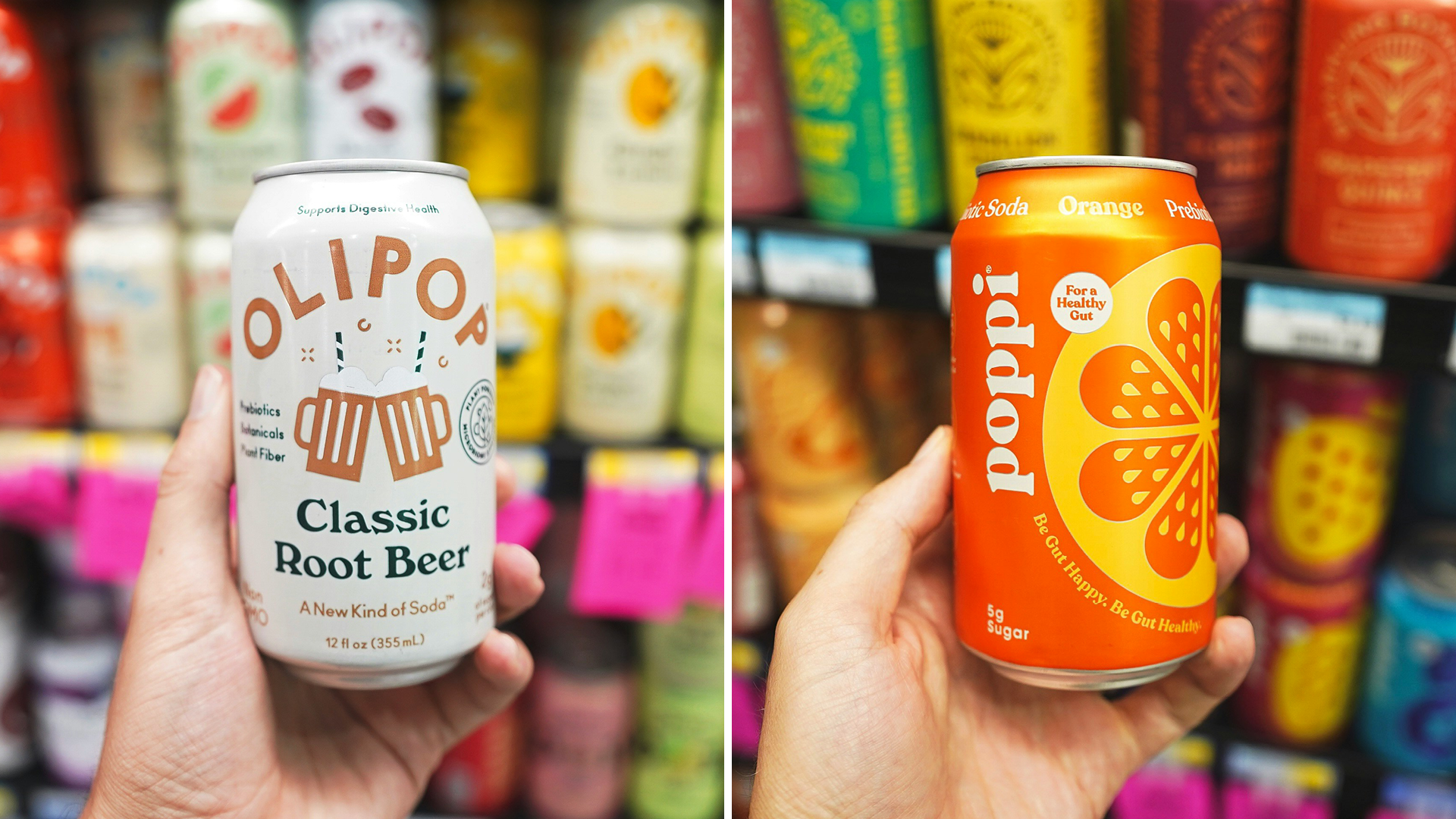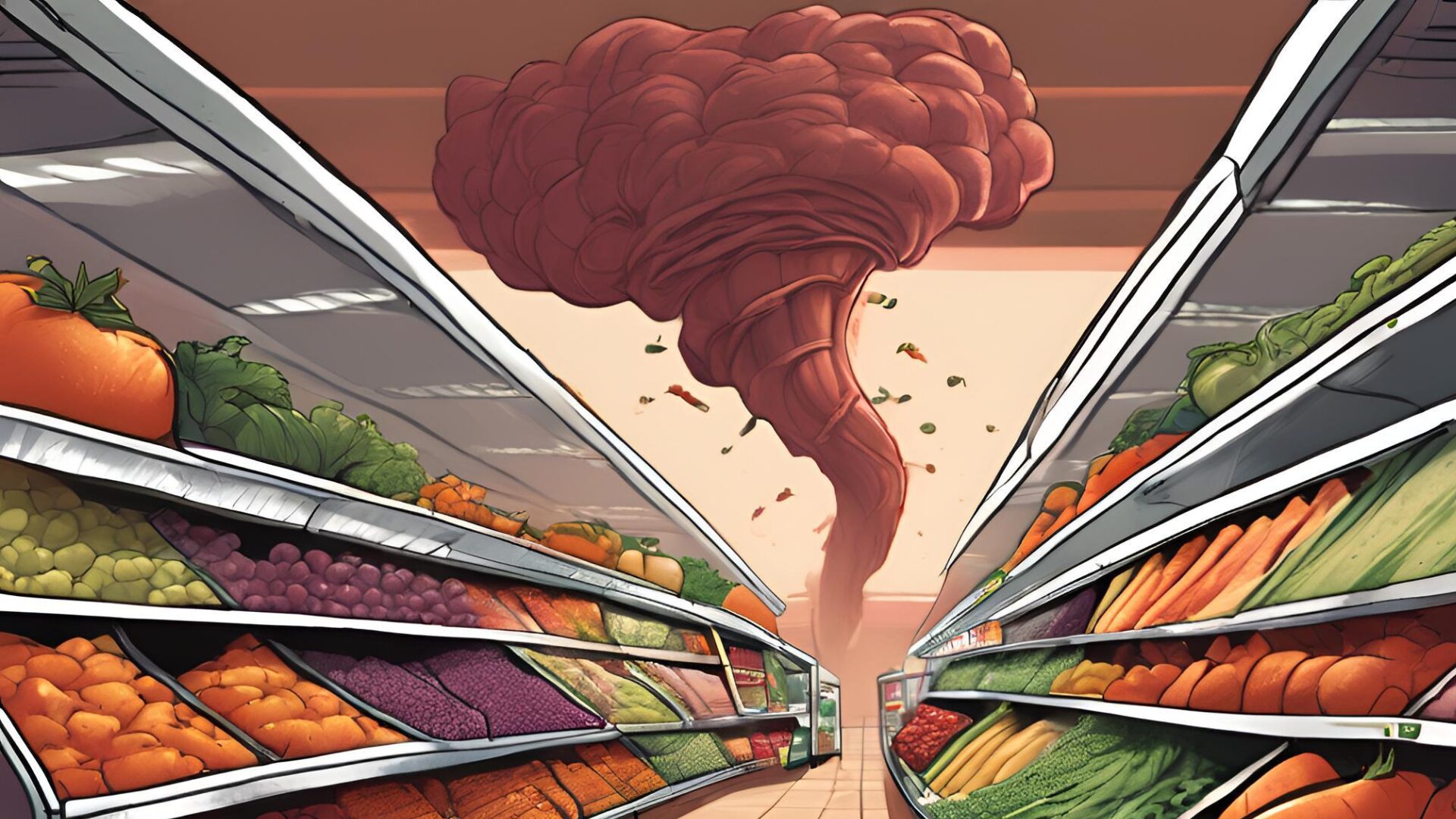A variety of federal programs are changing their operating models to ensure food supplies continue to flow to where needed during the health crisis.
Coronavirus Food Assistance Program
USDA unveiled the Coronavirus Food Assistance Program (CFAP) April 17, a $19 billion immediate relief program designed to support U.S. farmers and ranchers while shoring up the nation’s food supply.
The program will combine funding stemming from the Coronavirus Aid, Relief, and Economic Security (CARES) Act, the Families First Coronavirus Response Act (FFCRA), and other USDA existing authorities.
It will provide $16 billion in direct support based on actual losses for agricultural producers where prices and market supply chains have been impacted and will assist producers with additional adjustment and marketing costs resulting from lost demand and short-term oversupply for the 2020 marketing year caused by COVID-19.
Meanwhile, USDA will partner with regional and local distributors, whose workforce has been significantly impacted by the closure of many restaurants, hotels, and other foodservice entities to purchase $3 billion in fresh produce, dairy, and meat.
“The American food supply chain had to adapt, and it remains safe, secure, and strong, and we all know that starts with America’s farmers and ranchers. This program will not only provide immediate relief for our farmers and ranchers, but it will also allow for the purchase and distribution of our agricultural abundance to help our fellow Americans in need,” said Secretary of Agriculture Sonny Perdue.
The agency quickly began working to secure food products through its existing procurement channels under various food programs. On April 20, USDA offered to purchase 739,476 cases of canned fruit, 548,375 cases of bottled juices, 278,272 cases of frozen orange juice, 129,720 cases of frozen fruit, 100,495 cases of canned vegetables, and 27,200 cases of frozen red raspberry puree.
Providing Aid to Food Banks
Food Bank for the Heartland, which services Nebraska and Western Iowa, typically spends $73,000 per month buying food and distributing it to people in need. In March, it spent $675,000, according to CEO Brian Barks, reported NBC News (April 8).
Food banks and pantries across the nation report a steep drop-off in donations from supermarkets and farms as supply chains have been upended. Barks noted the supermarket shelves were getting bare. “They don’t have extra to hand out to food banks. And what we’re anticipating is that those donations will drop to zero,” he said.
The FFCRA and CARES Act provided at least $850 million for food bank administrative costs and USDA food purchases, of which a minimum of $600 million will be designated for food purchases. The use of these funds will be determined by food bank need and product availability.
USDA will begin with the procurement of an estimated $100 million per month in fresh fruits and vegetables, $100 million per month in a variety of dairy products, and $100 million per month in meat products. The distributors and wholesalers will then provide a pre-approved box of fresh produce, dairy, and meat products to food banks, community and faith-based organizations, and other nonprofits serving Americans in need.
USDA said it has up to an additional $873.3 million available in Section 32 funding to purchase a variety of agricultural products for distribution to food banks. The use of these funds will be determined by industry requests, USDA agricultural market analysis, and food bank needs.
The American Farm Bureau and Feeding America previously called on government officials in helping connecting food banks with farmers. As farmers were plowing their crops under due to cratering demand, supply chain disruptions, or other issues, the partners hoped these food products could be redirected for aid efforts, reported CNN Business (April 14).
SNAP Expands Online Pilot, Launches Pandemic EBT
On April 22, USDA approved Alabama to operate the Pandemic Electronic Benefit Transfer (EBT) program. The program, authorized under the FFCRA, assists families of children eligible for free or reduced-price meal as they contend with school closures connected to the pandemic.
Previously, Arizona, Illinois, Massachusetts, Michigan, North Carolina, and Rhode Island were approved to operate the program. Under FFCRA, states can submit a plan to the Secretary of Agriculture for providing these benefits to SNAP and non-SNAP households with children who have temporarily lost access to free or reduced-price school meals.
State agencies may operate Pandemic EBT when a school is closed for at least five consecutive days during a public health emergency designation during which the school would otherwise be in session.
Meanwhile, USDA expanded membership in its online pilot project for SNAP. The program allows SNAP participants to order groceries online using their benefits, but the funding cannot be used for delivery fees.
As of April 21, Arizona, California, Florida, Idaho, Kentucky, Missouri, North Carolina, Texas, and West Virginia had joined Alabama, Iowa, Maryland, Nebraska, New Jersey, New York, Oregon, and Washington as eligible partners. Washington DC also received approval to operate in the program.
To learn more about the SNAP online pilot project, see the Feb. 17, 2020 edition of The Food Institute Report.









